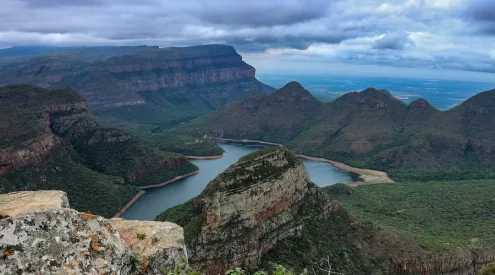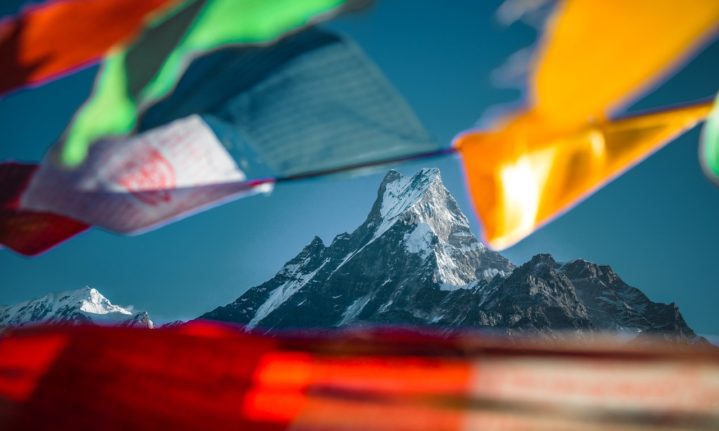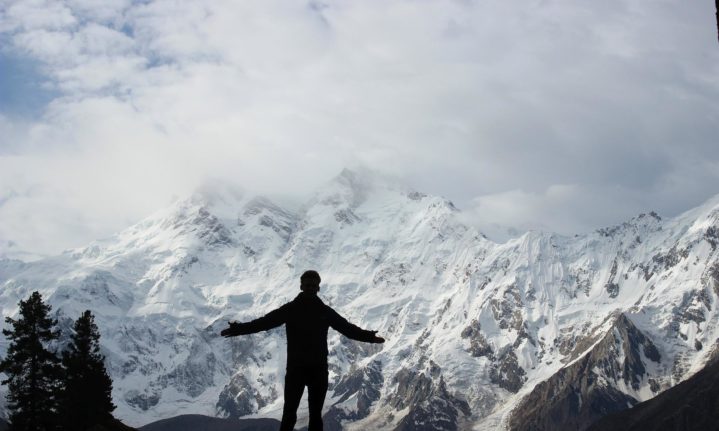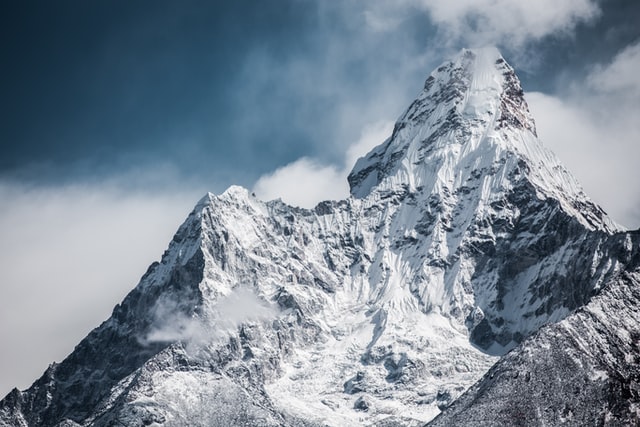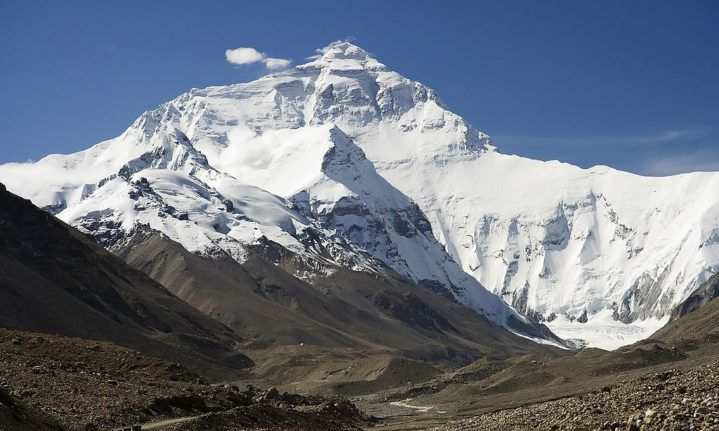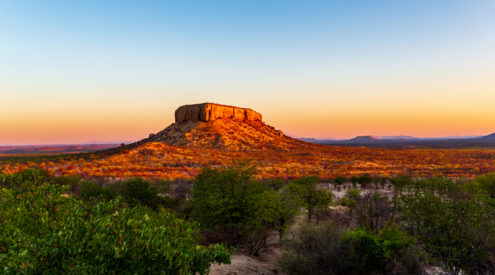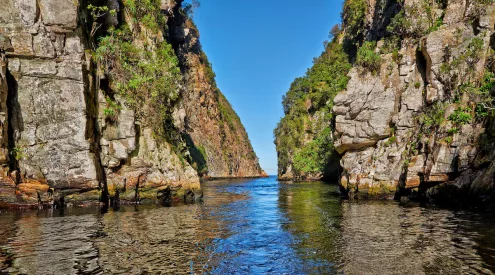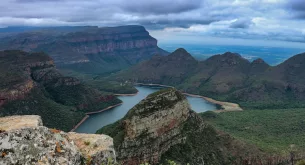Take out the old atlas on your bookshelf or have a look at an old map, find the Himalayas and Mount Everest will be listed at 8 848 metres tall. Now, type it into google, and will come up as 8 849 m.
The reason? Well, as it turns out, the world’s highest peak is growing each year. The Royal Geographical Society estimates that Mount Everest is growing at a rate of 4 mm a year.
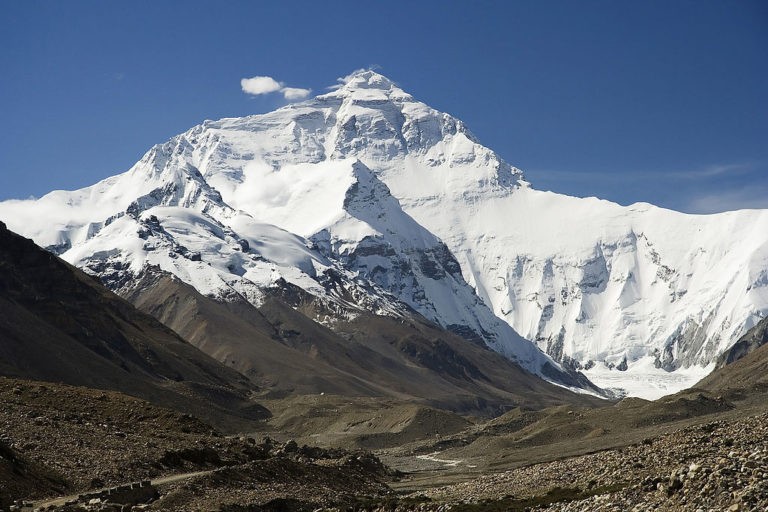
Picture: Wikimedia Commons/ Luca Galuzzi
How tall is Mt Everest then?
This has been a source of much contention, especially between China and Nepal. According to the BBC, measuring the world’s tallest peak traces back to 1852, when it was only known as ‘Peak XV’ in Asia.
The British commissioned Indian mathematician, Randnath Sikdar, for their Great Trigonometrical Survey which aimed to garner a more accurate geographical picture of the territory they were occupying.
By measuring the angles of Everest’s summit from other mountaintops whose positions and heights were already known, he made an historic discovery.
After calculating Everest’s height to stand at 8 839.8 m tall, Sikdar burst into his office pronouncing ‘Sir, I have discovered the highest mountain in the world!’
Despite the rudimental instruments, his figure was surprisingly accurate, and the mountain was eventually named after his previous boss, Sir George Everest.
Since then, teams have continued to measure the height and in 1954, an Indian survey determined the peak to be 8 848 m tall, the figure accepted by the Nepalese government.
But then in 2005, the Chinese measured it to be 8 8444.43 m tall. The Chinese authorities argued that Mount Everest should be measured by its rock height, and the Nepalese argued the snow cap on top should be included.
After an expedition in 2020, China and Nepal jointly agreed on a new officially accepted height that included the snow cap, which was 0.86 m higher than India’s survey, but the mountain is still growing.
Growing up

The Himalayas have been rising for more than 200 million years. Picture: Pixabay
Those who summit Everest are likely oblivious to the fact that the rocks lying below the snow-capped peak once laid on the ocean floor.
The Himalayas are probably the most noticeable result of tectonic forces, with a 2 900 km mountain range along the border between India and Tibet.
During the Jurassic period 225 million years ago, India was a large island off the coast of Australia, separated from the Asian continent by what was called the Tethys Ocean.
When Pangaea broke apart around 200 million years ago, India drifted northward, closing its gap with Asia. Around 80 million years ago, India advanced northward at a rate of 9m a century before ramming into Asia about 40-50 million years ago.
At this point, its advanced rate halved, as two plates collided resulting in an uplift, and the earth’s surface started to buckle, pushing the crust and limestone into the sky.
In just 50 million years, the Himalayas characterised the region and Mt Everest rose to more than 8km. The collision between these two landmasses is yet to end, with Mt Everest continuing to rise every year.
How much taller can it get?
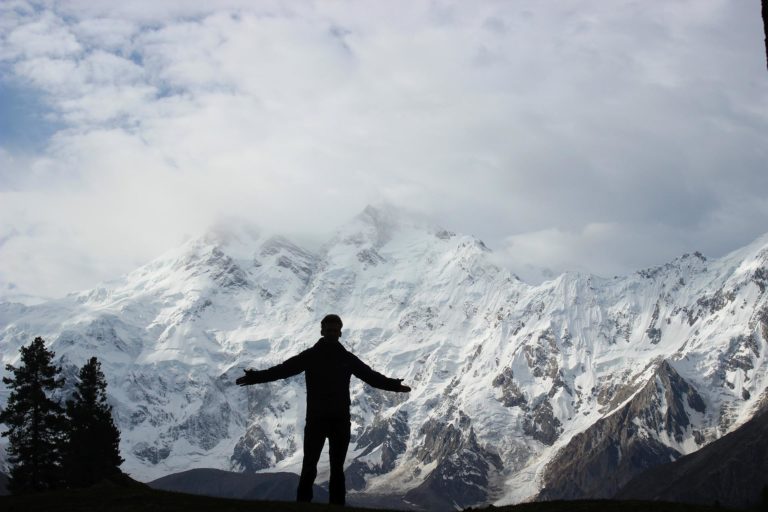
Nanga Parbat is predicted to overtake Everest as the tallest Peak in the world in 241 000 years. Picture: Pixabay
The collision between the two continental plates continues today and India tends to creep north 5 cm a year, causing Everest to grow 4 mm a year.
There is a lot of debate as to how much Everest can grow and whether or not the snow cap hinders growth, or prevents erosion.
Rock covered in a blanket of snow is less weathered by the elements and chemical reactions in the air, which can gradually degrade the limestone peaks of Everest.
But an opposing argument suggests that the weight of snow hinders growth, where lightening the load of snow and ice might allow the tectonic plates to push the lighter mountain up at a quicker rate, which was the case with the European Alps following the last Ice Age.
But will Everest continue growing endlessly? Rachel Headley, an associate professor of geosciences at the University of Wisconsin told the BBC that ‘you would eventually run out of your tectonic forces, and then it would stop growing.’
There is a scientific consensus that the earth’s mantle will cool to such a degree that the tectonic shift will come to an end. And, if Everest does continue to rise unabatedly, at some point it will become so steep and unstable that large chunks will begin to fall off.
Until then, there is a sleeping giant in Everest’s shadow. Nanga Parbat, a peak in Pakistan’s Himalayan range stands at 8 126 m but grows at a rate of 7 mm a year. In 241 000 years, it could overtake Everest and become the tallest mountain in the world.
ALSO READ
Doing it sideways: summitting Table Mountain from the flanks







